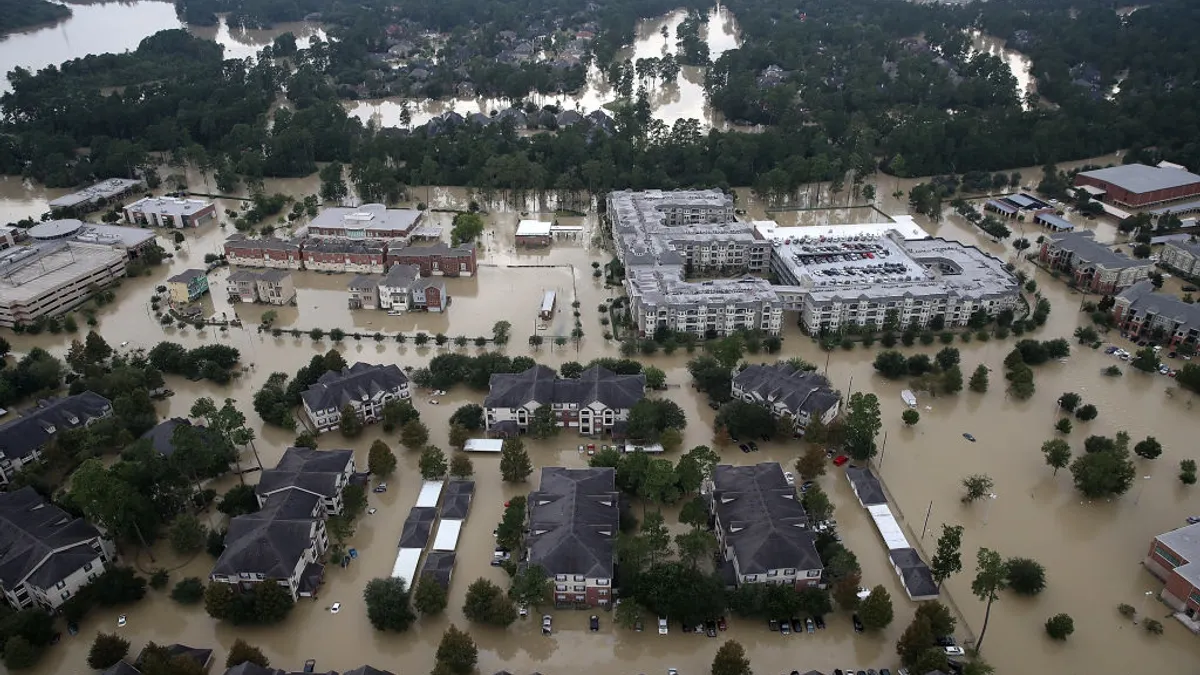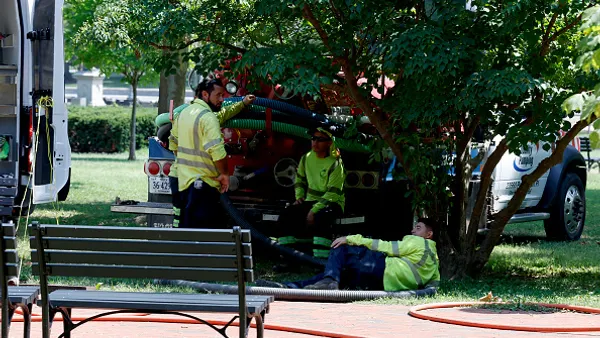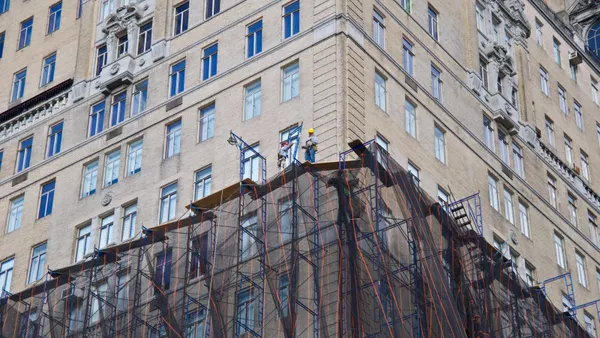Cam Mackey is president and CEO of the Arlington, Virginia-based International Safety Equipment Association. Opinions are the author’s own.
Every American worker deserves to return home safe at the end of the day. And every American family wants to feel confident their loved ones will come home unharmed.
This isn’t a partisan issue — worker safety is a shared American value. For decades, we’ve agreed as a nation that safeguarding employees on the job requires sensible regulation, public policy and oversight.
That’s why the International Safety Equipment Association was deeply concerned by a recent legislative proposal to eliminate the Occupational Safety and Health Administration. While some dismissed the bill as political posturing, the proposal itself is troubling. Even suggesting OSHA’s dissolution sends a chilling message about how little some value worker protection.
Equally troubling are proposed funding cuts to OSHA. Some believe slashing the agency’s budget would boost the economy. The truth is that cutting corners on safety increases costs in the long run.
Like any organization, OSHA must be efficient and effective. But draining its resources would only lead to more injuries, more fatalities and ultimately greater financial and human costs for employers and families.
OSHA’s lifesaving impact
Since OSHA’s establishment in 1970, the agency has helped dramatically improve workplace safety. That year, roughly 14,000 workers died on the job, per the Economic Policy Institute. By 2022, that number dropped to 5,486, even as the American workforce grew, according to the most recent Bureau of Labor Statistics data.

Likewise, serious injuries requiring time off plummeted from 10.9 cases per 100 workers in 1972 to 2.7 per 100 workers today, the BLS reported. These gains didn’t happen by accident — they’re the result of deliberate safety rules, oversight and outreach led by OSHA.
But there’s still work to be done. In 2023, more than 4,500 preventable work-related deaths occurred, including 1,029 in construction, according to the National Safety Council. That’s an average of over 12 each day across all industries.
More than 4 million workers experienced injuries requiring medical attention. These incidents take an enormous toll, not only on families but on the economy, as well.
The National Safety Council estimates that work-related injuries in 2022 cost the U.S. economy $167 billion. The cost per workplace death? $1.39 million. And each injury requires medical consultation — around $40,000.
In other words, strong investments in safety aren’t just the right thing to do — they’re fiscally responsible.
Opponents of OSHA often claim that its regulations hinder business growth. In reality, OSHA works hand in hand with employers to foster safer, more productive workplaces.
These programs show OSHA isn’t just an enforcer — it’s a resource for businesses aiming to protect their workers and improve operations. And there’s data to back this up.
OSHA inspections decrease workplace injuries by 9.4%, according to an agency study, and shrink worker compensation costs 26% (an average of $355,000 per job site). Annually, OSHA inspections save American workplaces over $20 billion in reduced worker compensation costs alone.
Why NIOSH matters
In addition to enforcement and education, research and innovation are critical pillars of workplace safety. That’s why the National Institute for Occupational Safety and Health plays such a vital role. NIOSH not only conducts cutting-edge research on occupational hazards but also runs the Respirator Approval Program — ensuring that the protective gear workers rely on, from N95s to mining respirators, actually works in the field.
But this essential work is now in serious jeopardy.
In March, the Department of Health and Human Services announced devastating cuts to NIOSH that will eliminate approximately 875 positions — about two-thirds of the agency’s workforce. Among those facing termination are nearly 200 employees who make up the backbone of critical programs, including the National Personal Protective Technology Laboratory, the only federal lab responsible for testing and certifying respiratory protection.
These cuts don’t just threaten jobs — they threaten lives. With this level of workforce reduction, the Respirator Approval Program will grind to a halt. That means new PPE may go uncertified and untested, potentially opening the market to counterfeit or substandard equipment. And without NIOSH’s research and oversight, the development of next-generation protective gear — more innovative, and possibly more comfortable — will stall.
At a time when we should be reinforcing safety infrastructure, these cuts dismantle a system that has quietly but powerfully protected millions for decades. NIOSH’s mission is not expendable. It is foundational to worker health, economic resilience, and public trust.
ISEA is calling on Congress to increase OSHA’s budget to $655 million and to fully restore NIOSH’s personnel and boost its budget to $370 million. This is a reasonable and necessary step to safeguard the nation’s workforce, train employers, and advance workplace safety across all sectors.
Safety shouldn’t be up for debate
The safety of American workers should never be a political football. The men and women building our infrastructure, running our factories, delivering our goods and staffing our hospitals deserve better. They deserve to work in environments where their well-being isn’t compromised for the sake of budget cuts or profit margins.
We must reject efforts to weaken OSHA or undermine its mission. The stakes are too high. Now is the time to stand up for worker safety — not scale it back.














